Behind the Scenes: Creating Music for Super Mario Odyssey
Evolution of Music in Super Mario Games
The Super Mario series, since its inception, has been a cornerstone in the gaming industry, celebrated not only for its revolutionary gameplay and engaging narrative but also for its iconic music. The progression of musical compositions within these games reflects both technological advancements and evolving creative directions. “Super Mario Odyssey,” released in 2017 for the Nintendo Switch, exemplifies a high point in this evolution, offering an eclectic mix of musical styles that resonate with both nostalgia and innovation.
The Sonorous Vision of Koji Kondo
At the heart of the Super Mario sound experience is Koji Kondo, a legendary composer whose work has transcended the boundaries of video game music. While Kondo wasn’t the main composer for “Super Mario Odyssey,” his influence is palpable throughout. The core team, primarily comprised of Naoto Kubo, Shiho Fujii, and Koji Hayama, drew inspiration from Kondo’s original soundscapes while striving to carve out a distinct auditory identity for the game. Through vibrant collaborations, they aimed to marry traditional themes with fresh, explorative sounds, capturing the adventurous spirit of Mario’s latest journey.
Composing for a Diverse World
“Super Mario Odyssey” stands out for its diverse world settings, each requiring unique musical accompaniments. From the bustling New Donk City to the serene Seaside Kingdom, creating a soundscape that captures these varied environments was a formidable yet rewarding challenge. To achieve this, composers employed an array of musical styles, ranging from big band jazz and classical orchestrations to electronic beats and Latin-infused rhythms. This kaleidoscope of genres mirrors Mario’s multidimensional adventures, providing gamers with a rich aural tapestry to enhance their experience.
Orchestration and Recording
Unlike earlier installments marked by synthesized tunes, “Super Mario Odyssey” leverages the full might of live orchestration. This shift brought an added layer of depth and authenticity to the soundtrack. Recording sessions featured skilled musicians from around the globe, contributing their expertise to create an emotionally resonant musical score. This collaboration resulted in a vibrant synergy between technology and traditional musicianship, breathing life into each melody.
Iconic Tracks and Their Meanings
Arguably the most famous track from “Super Mario Odyssey” is “Jump Up, Super Star!”—a dynamic song that embodies the exuberance and vitality of the game. Sung by Kate Higgins, who voices Pauline, the track is pivotal during the New Donk City section of the game. The song, with its English lyrics—a rarity in Nintendo games—was designed to be catchy and motivational, perfectly encapsulating Mario’s can-do attitude as he navigates through challenges with aplomb.
Another standout piece is “Honeylune Ridge: Escape,” a track that accompanies Mario’s thrilling race against time. This piece combines high-tempo urgency with thematic elements from the Mario universe, creating a sense of nostalgia while pushing the narrative forcefully forward. Such musical craftsmanship underscores the composer’s dexterity in maintaining tension and excitement.
Cultural Influences and Inspiration
The diversity in the “Super Mario Odyssey” soundtrack is further enriched by cultural influences drawn from the various kingdoms Mario explores. The team went to great lengths to incorporate indigenous instruments and regional musical styles, ensuring authenticity. The Wooded Kingdom features lush, organic sounds, blending nature-inspired tones with electronic nuances, while the Sand Kingdom integrates traditional Mexican mariachi to accentuate its vibrant desert backdrop. This cultural sensitivity not only enhances the visual storytelling but scaffolds a more immersive player experience.
Sound Design and Technological Integration
Sound design in “Super Mario Odyssey” complements its musical compositions, with both components meticulously integrated to support gameplay mechanics and pacing. Sound engineers worked closely with composers to ensure that transitions between different musical pieces were seamless, thereby maintaining engagement and immersion. Advanced audio technology allowed for dynamic soundscaping, modulating sound based on player interactions and environments. This adaptive sound environment guaranteed players heard each note as intended, enhancing key game moments and contributing to the overall narrative arc.
Challenges and Creative Solutions
The endeavor to create music for “Super Mario Odyssey” was not without its challenges. A primary challenge was ensuring that the music remained non-intrusive yet memorable. To achieve this, composers needed to strike a balance: providing a musical backdrop that could subtly support gameplay while also offering tracks compelling enough to stand alone, outside of the game. Another challenge was the sheer variety of thematic environments, each demanding a unique auditory approach. This required exhaustive research and experimentation with different sounds and musical styles—a process that, although intensive, resulted in a universally acclaimed soundtrack.
Collaborative Efforts and Development
The collaborative nature of the soundtrack’s development cannot be overstated. Musicians, sound designers, and developers worked closely from conception to execution. Frequent brainstorming sessions allowed for the sharing of ideas, fostering an environment of creativity and innovation. This collaborative ethos was crucial in synthesizing disparate elements into a cohesive whole that felt original yet familiar to fans of the series. As the development process unfolded, composers and directors constantly re-evaluated and refined their work, ensuring every beat and melody served a distinct purpose.
Reception and Cultural Impact
Upon release, the soundtrack received universal acclaim from both players and critics. Its ability to seamlessly integrate with gameplay while offering standalone musical excellence was widely praised. “Super Mario Odyssey” not only expanded the boundaries of what could be expected from video game music but also reaffirmed the integral role that sound plays in game design. As Mario continues to jump through our screens and into our hearts, the soundtrack of “Super Mario Odyssey” stands as a testament to both innovation and tradition within the gaming world.
Enduring Legacy
The music of “Super Mario Odyssey” continues to resonate, becoming a beloved part of gaming culture. Cosplayers, YouTubers, and remix artists frequently leverage its themes, creating homages that celebrate its enduring allure. The game’s soundtrack is now a staple in Nintendo concerts and gaming playlists, appealing to new generations of gamers and musicians. Through its meticulously crafted music, “Super Mario Odyssey” not only set new benchmarks for video game soundtracks but also ensured that Mario’s musical journey is far from over.
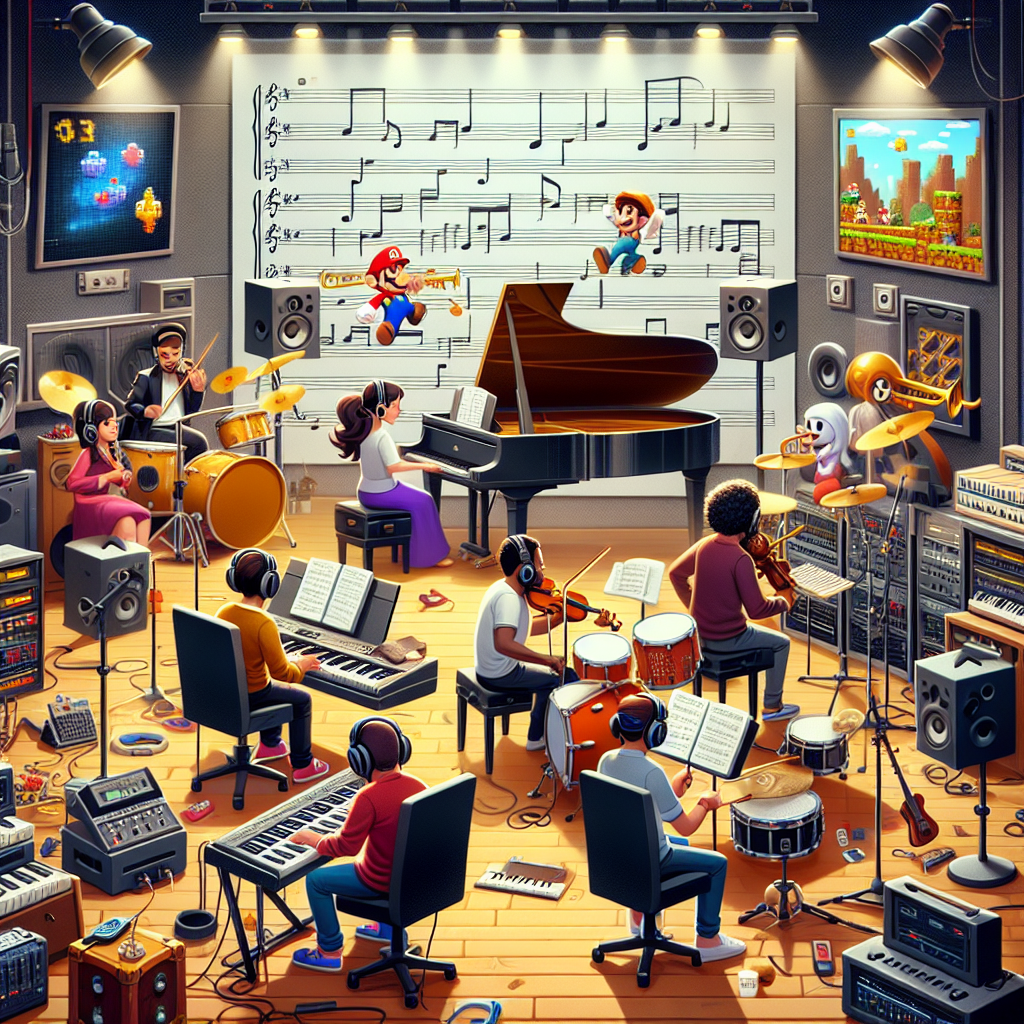
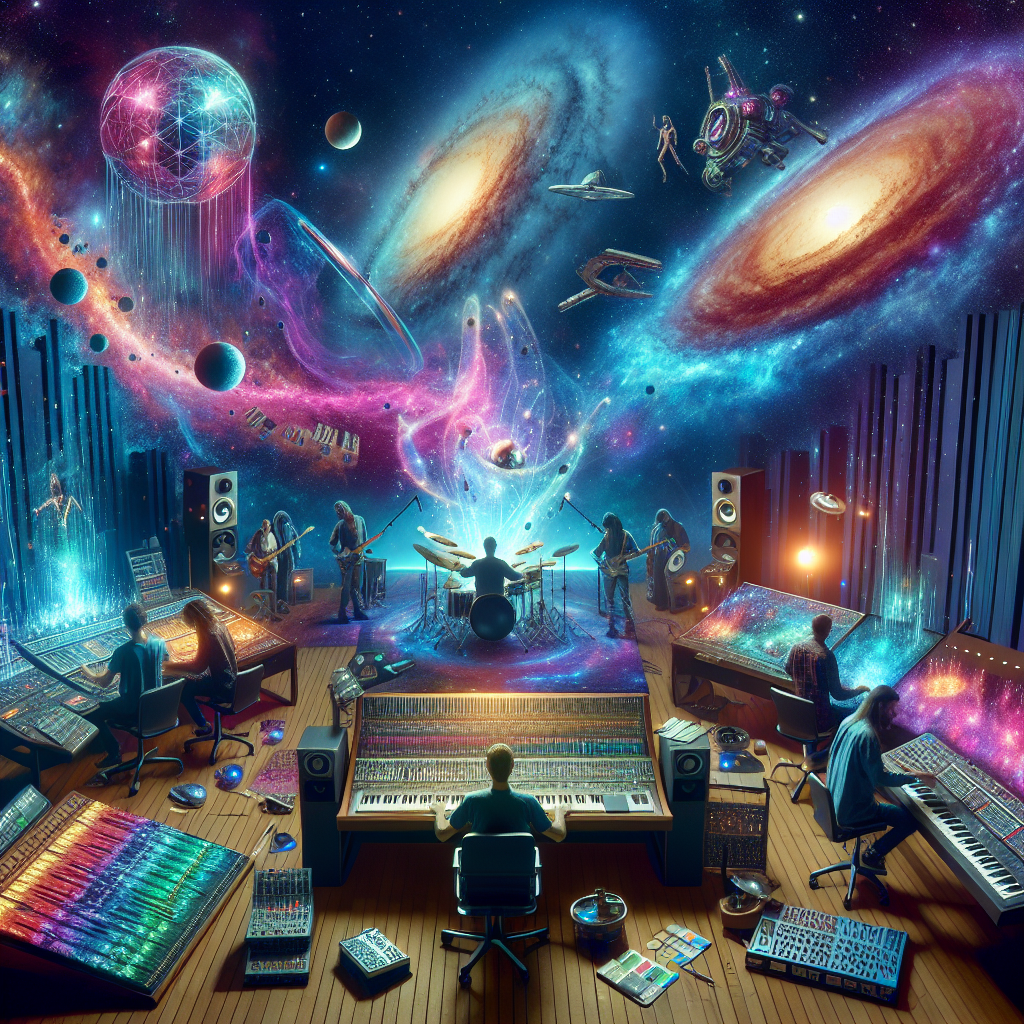
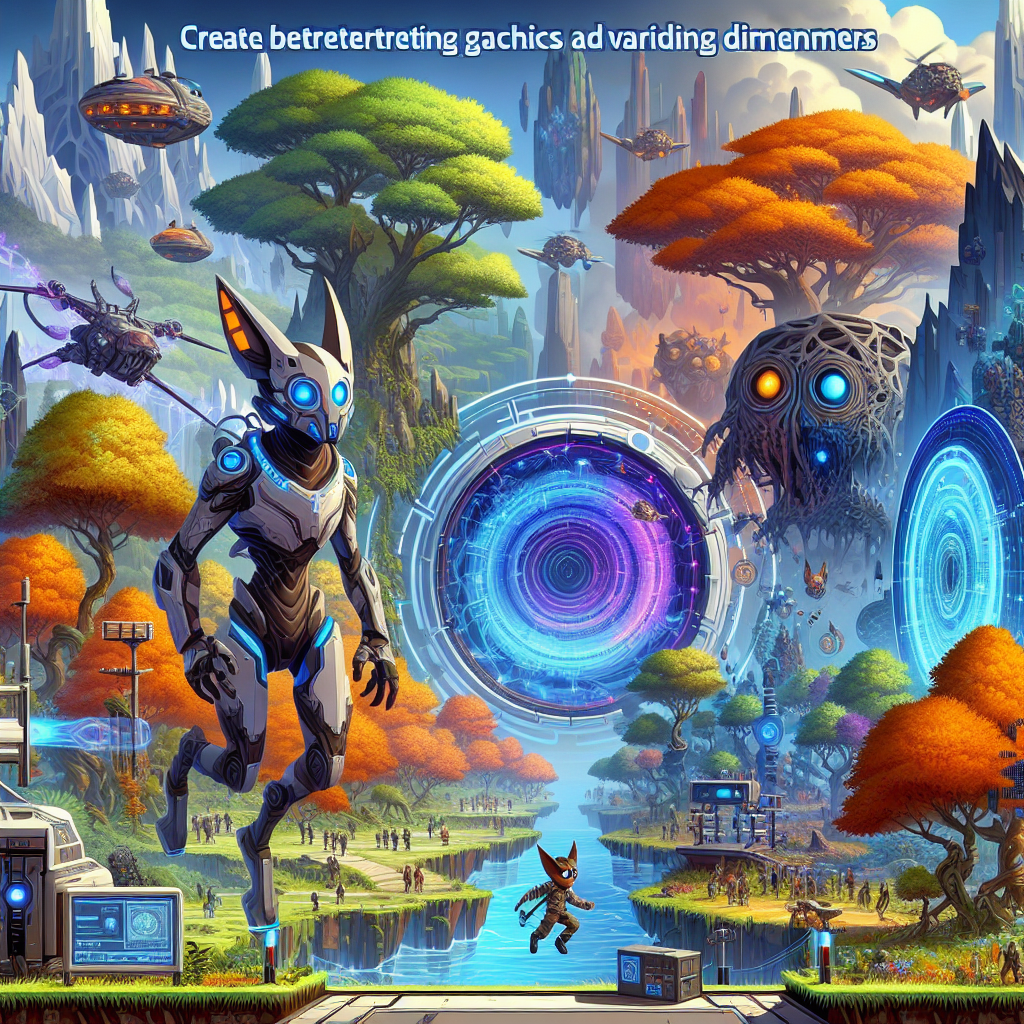





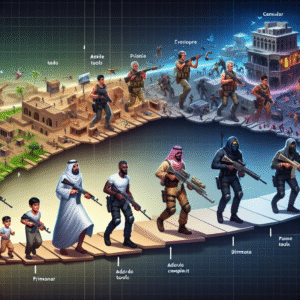
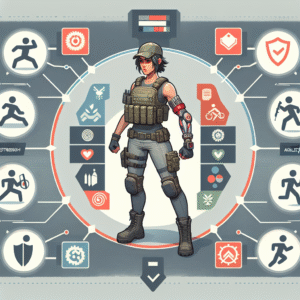


Post Comment